A rib roast cut is a premium beef cut from the rib section of the cow, typically including 2 to 7 ribs. It's prized for its rich marbling, tenderness, and flavor. In this guide, we'll explain everything you need to know about rib roast cuts: what it is, where it comes from, how to choose the best one, and step-by-step cooking instructions for perfect results.
Whether you're a home cook preparing for a special occasion or just curious about this iconic cut, you'll find clear, actionable advice to master rib roast from selection to serving.
Table of Contents
- What Exactly Is a Rib Roast Cut?
- Rib Roast vs Prime Rib: Key Differences
- Why Spice Matters for Your Rib Roast
- Essential Spices for the Ultimate Rib Roast
- Top 5 Spice Blends That Make Rib Roasts Unforgettable
- Rub vs. Marinade: Which One Should You Use?
- How to Cook the Perfectly Seasoned Rib Roast
- Buying Guide: Choosing the Best Rib Roast for Seasoning
- Carving Tips for Maximum Flavor Impact
- Frequently Asked Questions About Rib Roast Cuts
- Conclusion: Mastering the Art of the Rib Roast
What Exactly Is a Rib Roast Cut?
A rib roast cut comes from the rib section of the cow, specifically between the chuck (shoulder) and loin. This area naturally contains 2 to 7 ribs, depending on how it's prepared. The cut is known for its exceptional marbling—fine streaks of fat within the muscle—which provides rich flavor and juiciness when cooked properly.
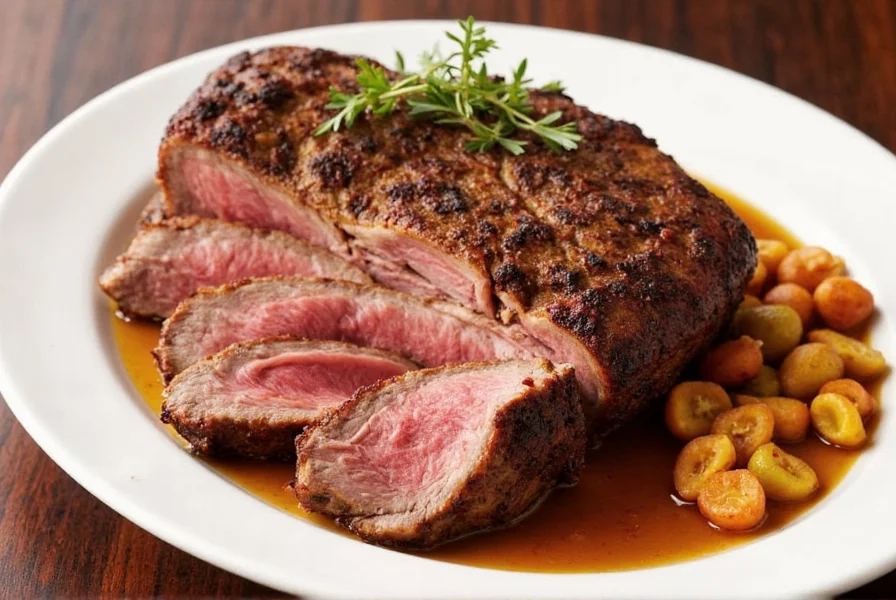
There are two main types:
- Standing Rib Roast (Bone-In): The classic holiday centerpiece. The bones conduct heat during cooking, enhancing flavor and creating a natural rack for even roasting.
- Rollerblade Roast (Boneless): Easier to carve and more uniform in shape, ideal for precise portion control and even cooking.
Unlike prime rib (which refers to USDA Prime grade rib roast), rib roast can be any grade (Prime, Choice, or Select). All rib roasts come from the same cut of meat; the "prime" designation only refers to the quality grade.
Rib Roast vs Prime Rib: Key Differences
Many people use "rib roast" and "prime rib" interchangeably, but there's an important distinction:
- Rib Roast: Refers to the cut of meat from the rib section, regardless of USDA grade. It can be Prime, Choice, or Select grade.
- Prime Rib: Specifically refers to rib roast that has been graded USDA Prime—the highest quality grade with the most marbling. However, in casual usage, "prime rib" often refers to any rib roast, even if not Prime grade.
Key takeaway: All prime rib is rib roast, but not all rib roast is prime rib (grade-wise). When shopping, always check the USDA grade label to ensure you're getting the quality you expect.
Why Spice Matters for Your Rib Roast
Spice isn't just about heat—it's about enhancing depth, complexity, and balance. When applied correctly to rib roast, spices transform the natural beefiness into a layered, unforgettable flavor experience.
Think of rib roast as a canvas: its rich marbling and tender texture provide the perfect base for earthy herbs, smoky paprika, or even sweet maple. The right spice blend complements the meat's natural qualities without overpowering it.
Essential Spices for the Ultimate Rib Roast
Here's a quick reference for must-have spices in any rib roast seasoning arsenal:
| Spice | Flavor Profile | Best For |
|---|---|---|
| Salt | Briny, savory | Base layer, enhances all other flavors |
| Black Pepper | Pungent, sharp | Depth, aroma, pairs well with garlic |
| Garlic Powder | Earthy, pungent | Adding savory punch, especially when rubbed in |
| Thyme | Woody, aromatic | Classic herb pairing, complements beef beautifully |
| Rosemary | Pine-like, intense | Bold flavor, great for roasting and smoking |
| Smoked Paprika | Smoky, slightly sweet | Adding warmth and depth to the crust |
Top 5 Spice Blends That Make Rib Roasts Unforgettable
Ready to take your rib roast from "just okay" to "oh my god"? Here are five game-changing spice blends:
- The Classic Blend: Salt, black pepper, garlic powder, thyme, rosemary—timeless for a reason.
- Smoky BBQ Twist: Smoked paprika, brown sugar, chili powder, onion powder, cumin. Great for slow roasting or finishing with a flame kiss.
- Espresso Rub: Coarse espresso grounds, coarse salt, dark brown sugar, smoked paprika, and cracked pepper. Adds a deep umami and charred crust.
- Umami Bomb: Dried porcini mushroom powder, soy sauce powder, garlic powder, black pepper, thyme. For savory lovers who want their steak to taste like steak sauce without any sauce.
- Mediterranean Magic: Rosemary, lemon zest, garlic, oregano, sea salt, olive oil. Lighter but still powerful, perfect for summer roasts or wine pairings.
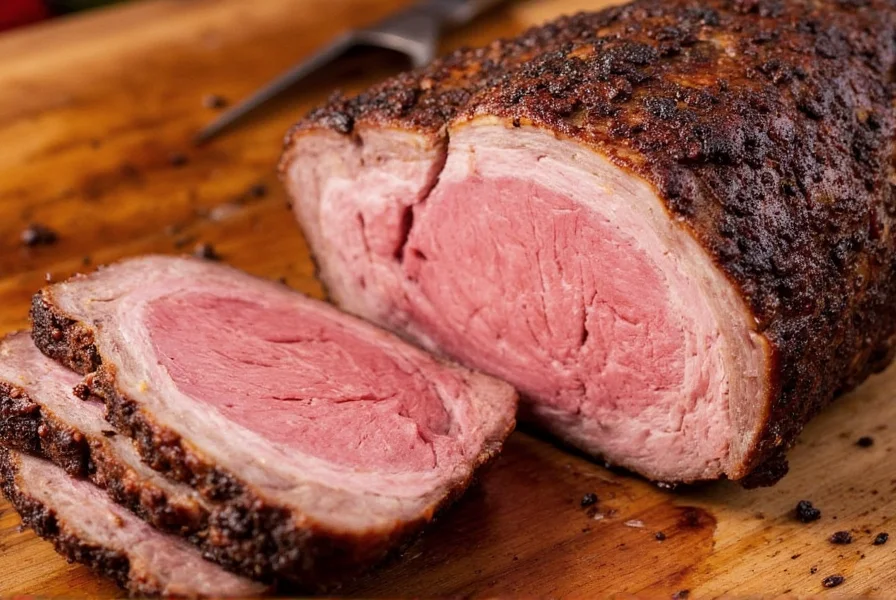
Rub vs. Marinade: Which One Should You Use?
It's a question every serious griller and roaster faces: should you rub it or soak it?
| Type | Pros | Cons |
|---|---|---|
| Dry Rub | Faster prep, forms beautiful crust, preserves texture | Flavors stay mostly on the surface |
| Marinade | Infuses deeper flavor, softens connective tissue | Can make the exterior soggy, longer prep time |
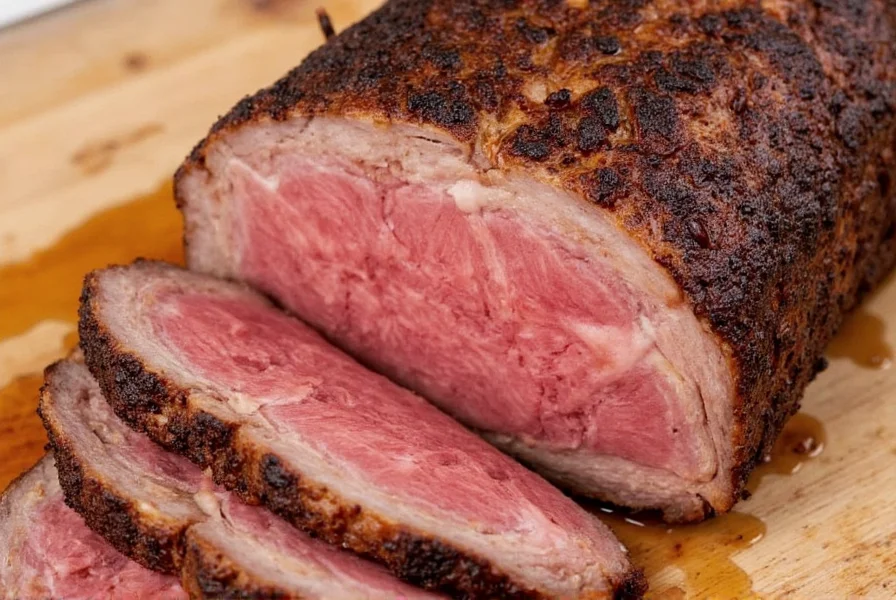
For rib roast, a dry rub is often preferred. It allows the meat to form that golden-brown, crispy crust while locking in juices. That said, a light marinade (especially acidic or enzymatic ones like pineapple or yogurt-based) can work wonders on thicker cuts if you have time.
How to Cook the Perfectly Seasoned Rib Roast
Cooking a rib roast isn't rocket science—but it does require some finesse. Here's a step-by-step guide to ensure you nail the seasoning and the sear:
- Choose Your Cut: Bone-in for flavor, boneless for ease. Both work well.
- Season Generously: Use a dry rub and press it into the meat. Let sit for at least 1 hour (or overnight) for better absorption.
- Preheat the Oven: Set to 450°F (230°C) to create a sizzling crust.
- Roast Fast, Then Slow: Roast at high heat for 20 minutes, then reduce to 325°F (160°C) and continue until desired doneness (use a meat thermometer!).
- Rest Before Carving: Rest for 15–20 minutes to allow juices to redistribute.
Pro tip: Baste the roast with melted butter or beef fat during roasting for extra juiciness and shine.
Buying Guide: Choosing the Best Rib Roast for Seasoning
When selecting your rib roast, look for these key qualities to ensure it holds up to your favorite spice treatments:
| Feature | Description | Recommended Option |
|---|---|---|
| Grade | Look for USDA Prime or Choice for superior marbling | USDA Prime Standing Rib Roast |
| Thickness | At least 4 inches thick for even cooking | Whole bone-in rib roast (3–5 ribs) |
| Marbling | Even white streaks throughout the meat = flavor | Well-marbled cut with no dry patches |
| Trimming | Ask the butcher to leave some fat on top | Leave 1/4 inch of fat cap |
Don't be afraid to ask your butcher for advice. They can suggest seasonal cuts and even help you trim and tie the roast if needed.
Carving Tips for Maximum Flavor Impact
After all that effort, carving properly is key to keeping that spice-infused flavor front and center.
- Use a Sharp Knife: A dull blade crushes the meat fibers and squeezes out juice.
- Carve Against the Grain: Makes each slice more tender by shortening the muscle fibers.
- Keep the Fat Cap: Leave a thin layer intact for extra flavor and moisture.
- For Bone-In Roasts: First remove the bones by cutting along the bone side, then slice the roast across the grain into 1/2 to 3/4 inch thick slices.
- For Boneless Roasts: Simply slice across the grain into even portions.
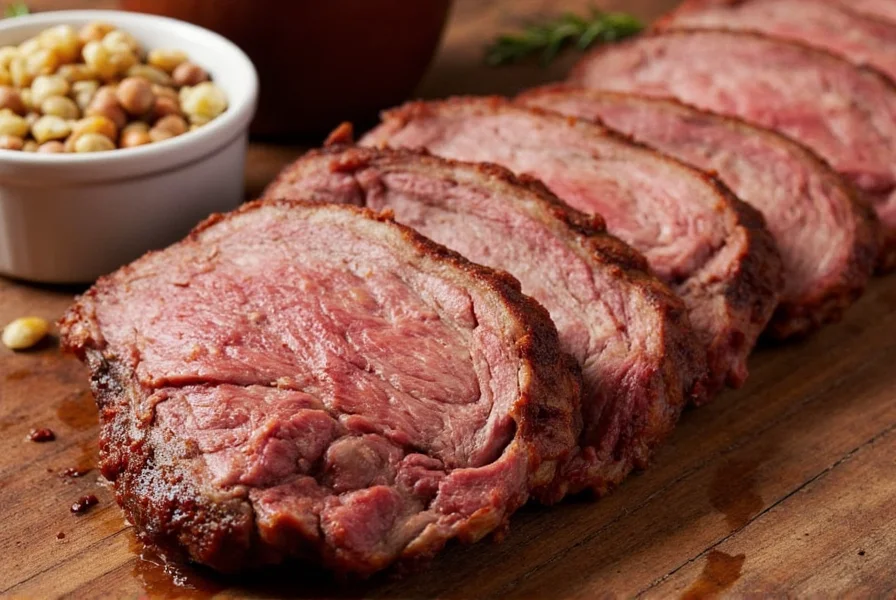
Frequently Asked Questions About Rib Roast Cuts
What is the difference between rib roast and prime rib?
Prime rib specifically refers to rib roast that comes from the "prime" grade of beef, which has the highest marbling. However, in common usage, "prime rib" often simply refers to a standing rib roast regardless of its official USDA grade. All prime rib is rib roast, but not all rib roast is prime rib (grade-wise).
How much rib roast should I buy per person?
Plan for about 1 pound (16 ounces) of raw rib roast per person. This accounts for bone weight and shrinkage during cooking. For a bone-in roast, this typically yields about 12 ounces of edible meat per pound purchased. For boneless, you'll get closer to 14-15 ounces of edible meat.
Should I cook rib roast bone-in or boneless?
Bone-in rib roast generally offers better flavor as the bones conduct heat and impart additional taste. The bones also act as a natural rack during cooking. Boneless is easier to carve and may cook more evenly. For special occasions, bone-in is preferred for presentation and flavor; for everyday cooking, boneless might be more practical.
What temperature should I cook rib roast to for medium-rare?
For medium-rare, cook your rib roast to an internal temperature of 130-135°F (54-57°C). Remember to remove it from the oven when it reaches 120-125°F (49-52°C) as the temperature will continue to rise during resting. Always use a reliable meat thermometer for best results.
How long should I let my rib roast rest before carving?
Let your rib roast rest for 15-20 minutes before carving. For larger roasts (over 8 pounds), you might want to rest for up to 30 minutes. Resting allows the juices to redistribute throughout the meat, ensuring each slice remains moist and flavorful.
Why is rib roast more expensive than other beef cuts?
Rib roast is more expensive because it comes from a smaller portion of the animal (only 6-7 ribs per side), has exceptional marbling, and requires minimal trimming. The demand for this premium cut during holidays also drives up prices. It's considered one of the most tender and flavorful sections of the cow.
Can I prepare the seasoning in advance for my rib roast?
Yes, in fact, it's recommended! For best results, apply your dry rub at least 1 hour before cooking, or ideally 12-24 hours in advance. This allows the salt to penetrate the meat and the flavors to develop. Store the seasoned roast uncovered in the refrigerator to help dry the surface for better browning.
How do I properly carve a rib roast?
To carve a bone-in rib roast, first remove the bones by cutting along the bone side. Then slice the roast across the grain into 1/2 to 3/4 inch thick slices. For boneless, simply slice across the grain. Always use a sharp carving knife and let the roast rest before carving to retain juices.
Conclusion: Mastering the Art of the Rib Roast
The rib roast cut is more than just a centerpiece—it's a celebration of texture, flavor, and technique. From understanding its origins in the rib section of the cow to selecting the perfect grade and applying the right seasoning, every detail matters.
Whether you're preparing for a special occasion or simply indulging in a luxurious meal, remember: rib roast is about respecting the cut. With the right knowledge, you can unlock its full potential and create a dish that impresses every time.
Now go forth, cook with confidence, and savor the results!

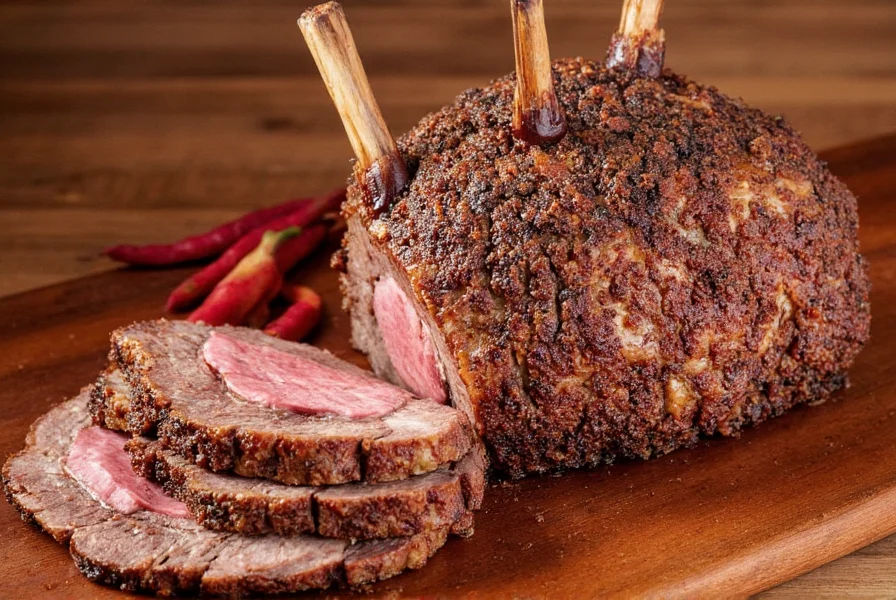









 浙公网安备
33010002000092号
浙公网安备
33010002000092号 浙B2-20120091-4
浙B2-20120091-4